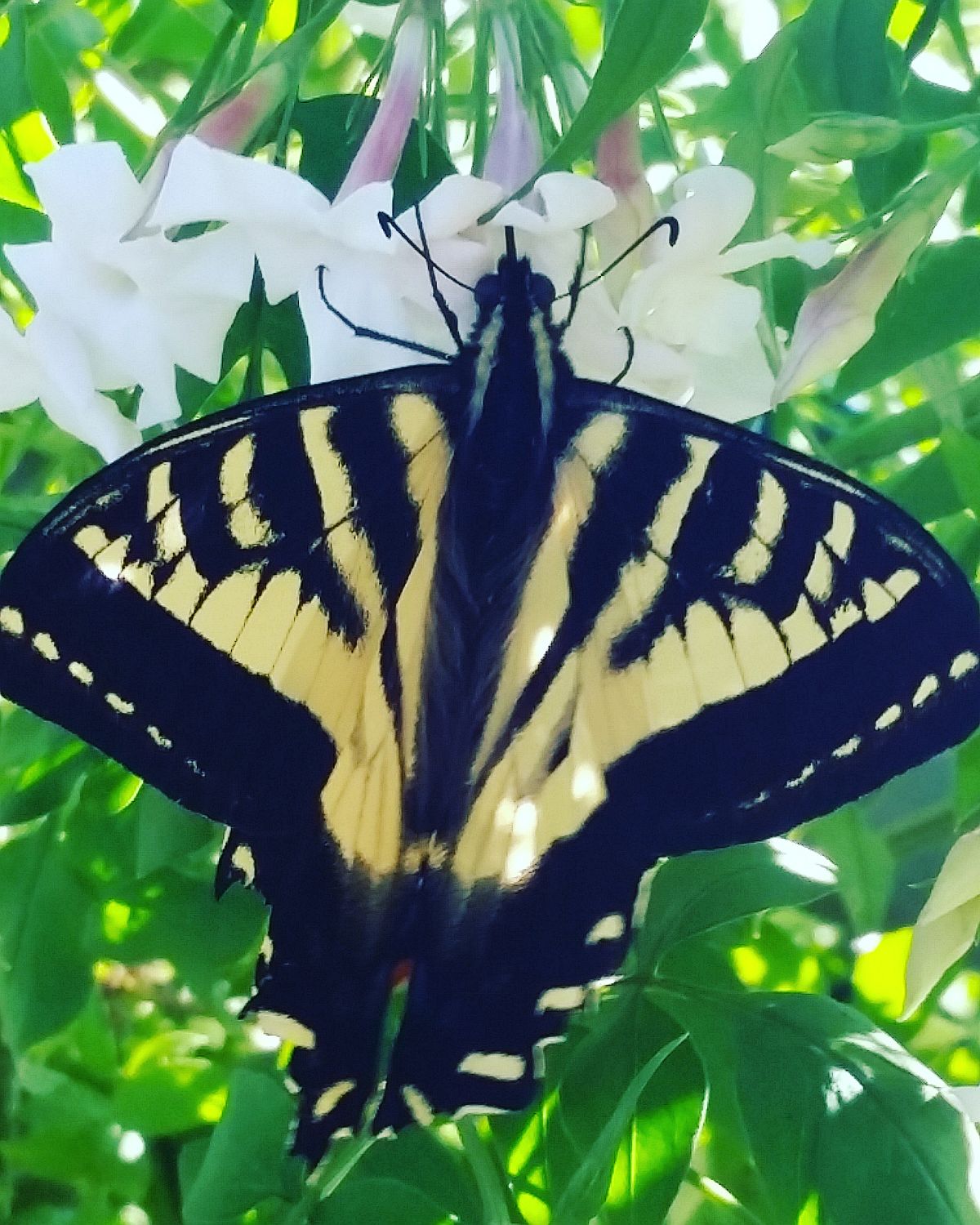2017 June 29
Ron Flower writes: We were out on West Saanich Road today (June 28) and did some more hunting for Field Crescents. We found another population in a field close to Woodwind Farm. There is a small native graveyard on the left side of the road heading north on West Saanich Road before Woodwind. The field to the left of the graveyard holds the crescents. I don’t know the ethics of reporting this location so I will leave that dilemma up to you, but it’s good to know that the population seems to be holding its own.
Jeremy Tatum replies: I haven’t thought much about the ethics, either, and so I’d welcome any comments from viewers. One danger in reporting sites of rare butterflies is that it brings them to the attention of butterfly collectors – we don’t want to see any butterfly nets being wielded. Or if the site is on private property, we must respect property rights. The graveyard in question is presumably not only First Nations property, but is sacred to them, and permission should be sought.
Although the Field Crescent is regarded now as locally rare, this was not always so. It was a not uncommon butterfly fifty years ago. They were even in Uplands Park.
Val George writes: This afternoon, June 28, I walked the railway track at Cowichan Station to look for Margined Whites Pieris marginalis. I counted 7 or 8. Other butterflies there: At least a dozen Western Tiger Swallowtails, 1 Pale Tiger Swallowtail, 3 Lorquin’s Admirals, 1 Red Admiral, 2 Cabbage Whites.
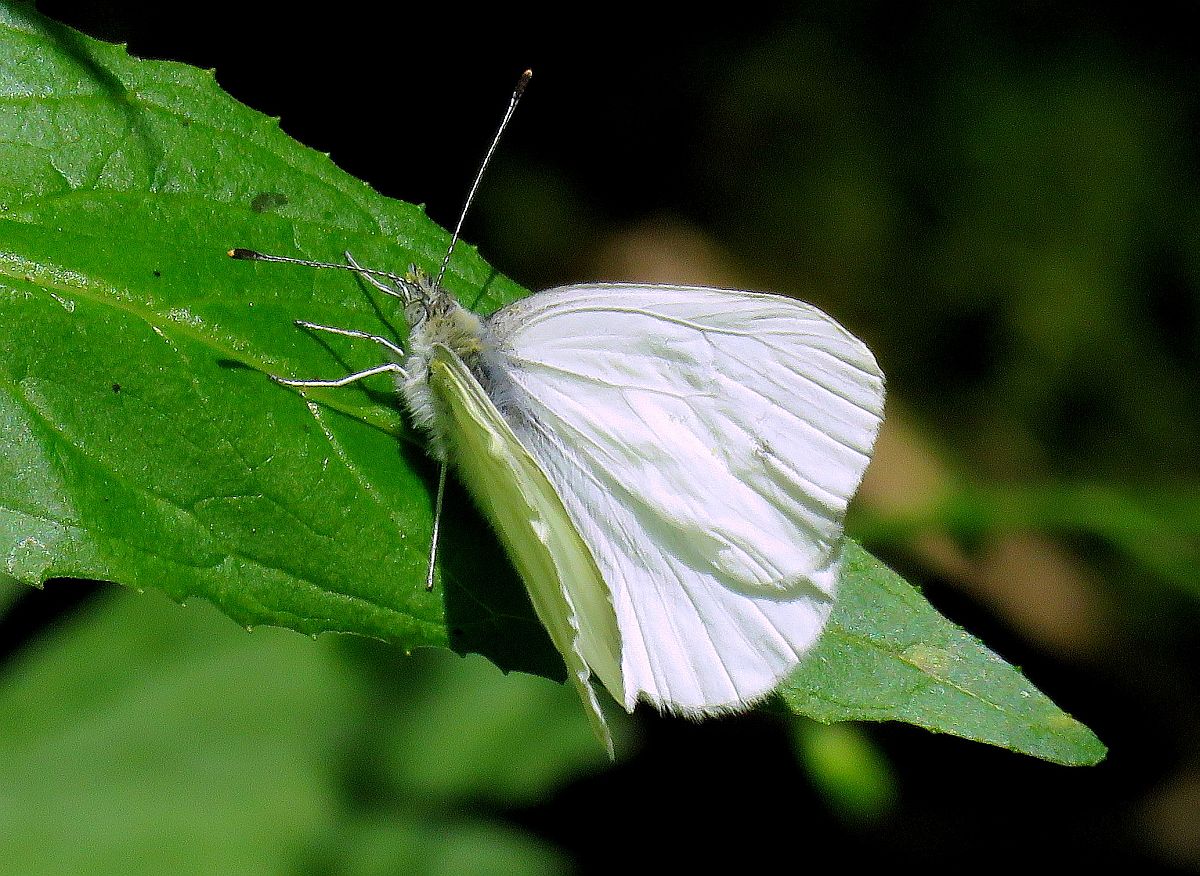
Margined White Pieris marginalis (Lep.: Pieridae) Val George
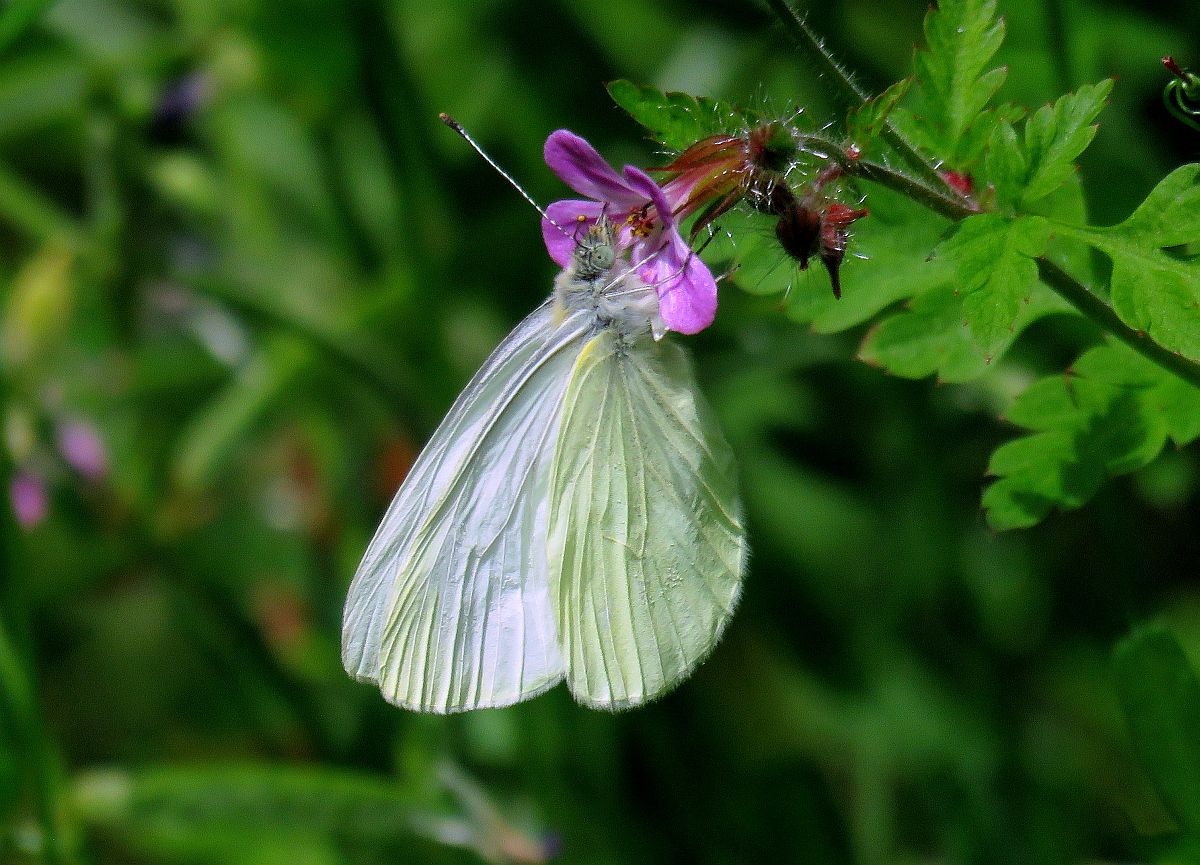
Margined White Pieris marginalis (Lep.: Pieridae) Val George
Jeremy Tatum writes: Exciting! I think the first one is resting on Dame’s Rocket – one of the larval foodplants. The second is nectaring at Herb Robert – something they apparently like to do. These are both completely immaculate. The ones I saw earlier this year had the underside veins strongly accentuated with grey. I believe there are two generations per year (bivoltine), and that the difference is a generational difference. Future observations (and photographs of this quality!) will tell.
Jeremy Tatum writes: Huge numbers of Essex Skippers at Panama Flats this afternoon. This evening at Mount Tolmie, the usual bunch – several Painted Ladies, Lorquin’s and Red Admirals, Western Tiger Swallowtails, and a West Coast Lady.
Nick Doe sends a photograph of a male Mylitta Crescent taken on Gabriola Island a few days ago. He writes that they’re quite common in the woods he frequents and they often pose nicely for the camera.
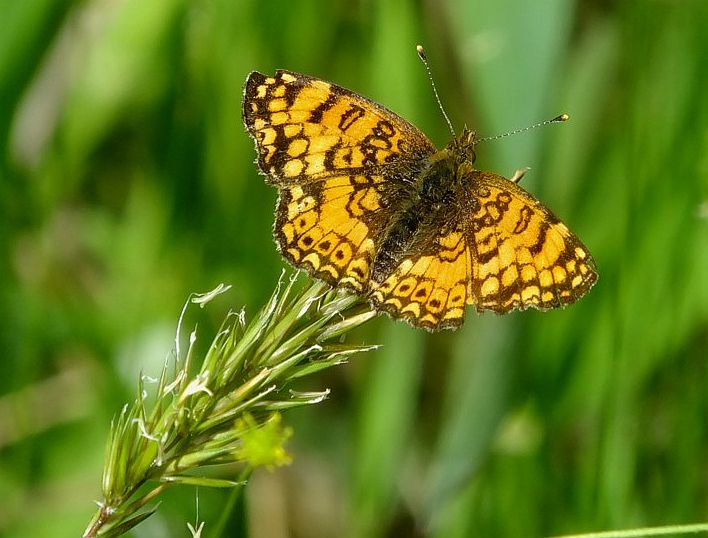
Mylitta Crescent Phyciodes mylitta (Lep.: Nymphalidae) Nick Doe
Rosemary Jorna writes: This Golden Bupestrid Beetle Bupestris aurulenta joined us on the neighbours’ deck in the Kemp Lake area June 29 2017. It even let me get in for a close up.
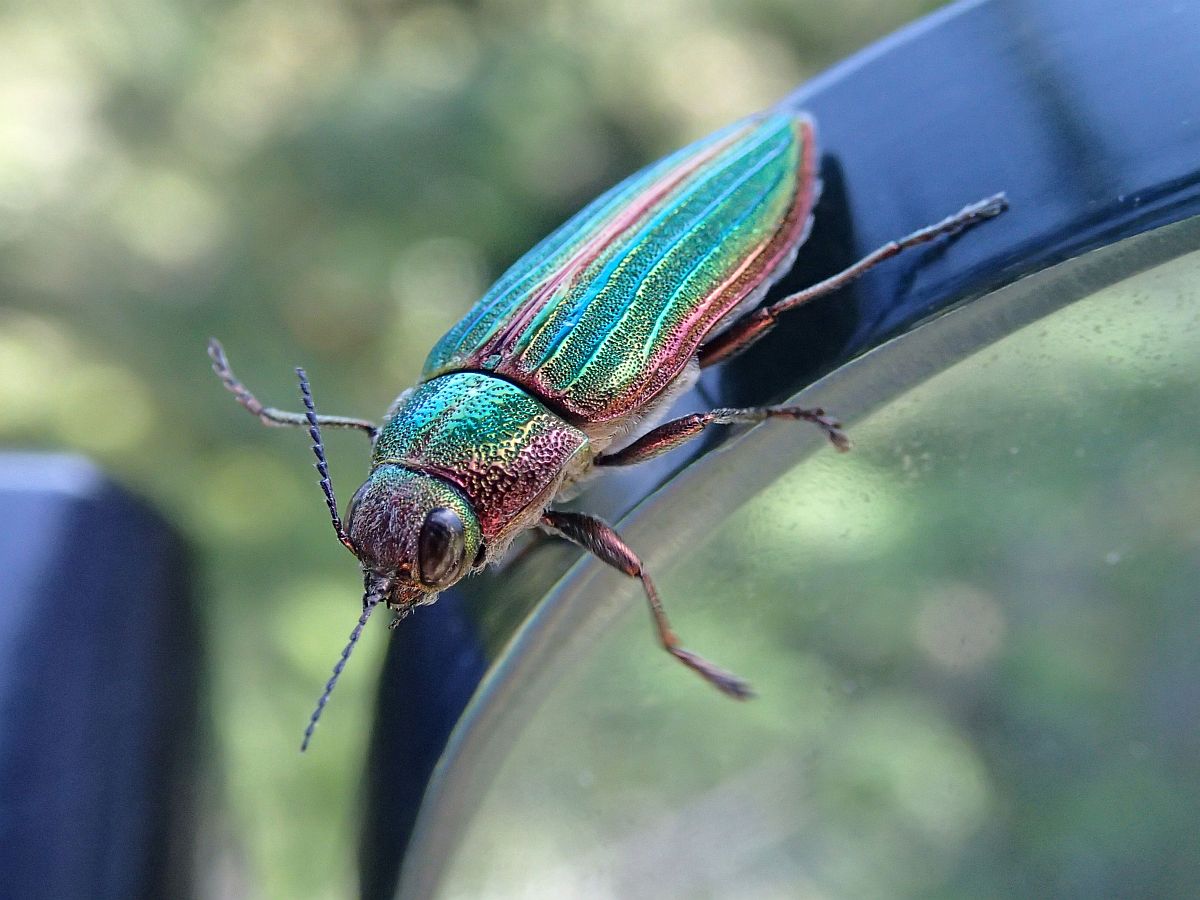

Golden Bupestrid
Bupestris aurulenta (Col.: Bupestridae) Rosemary Jorna
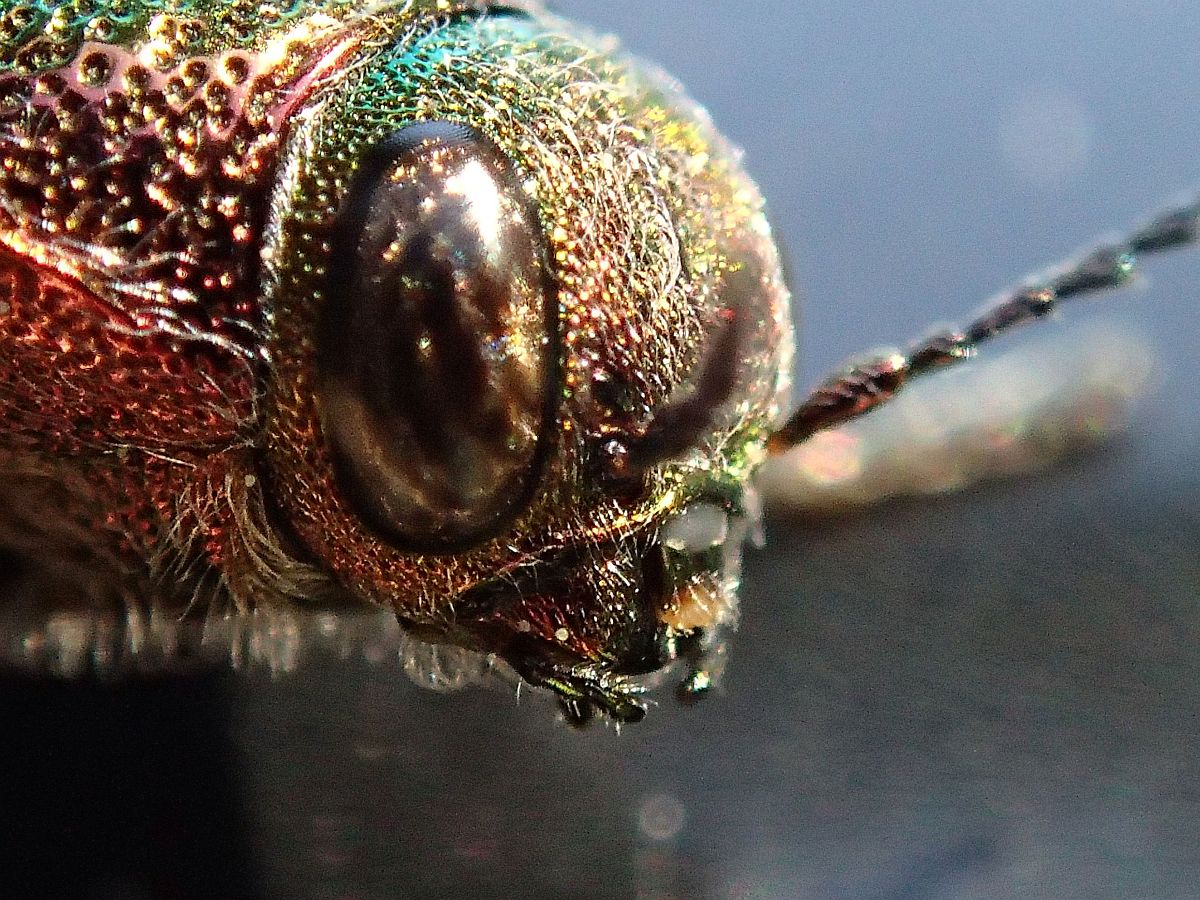

Golden Bupestrid
Bupestris aurulenta (Col.: Bupestridae) Rosemary Jorna
Rosemary also sends a photograph of a caterpillar from nearby.
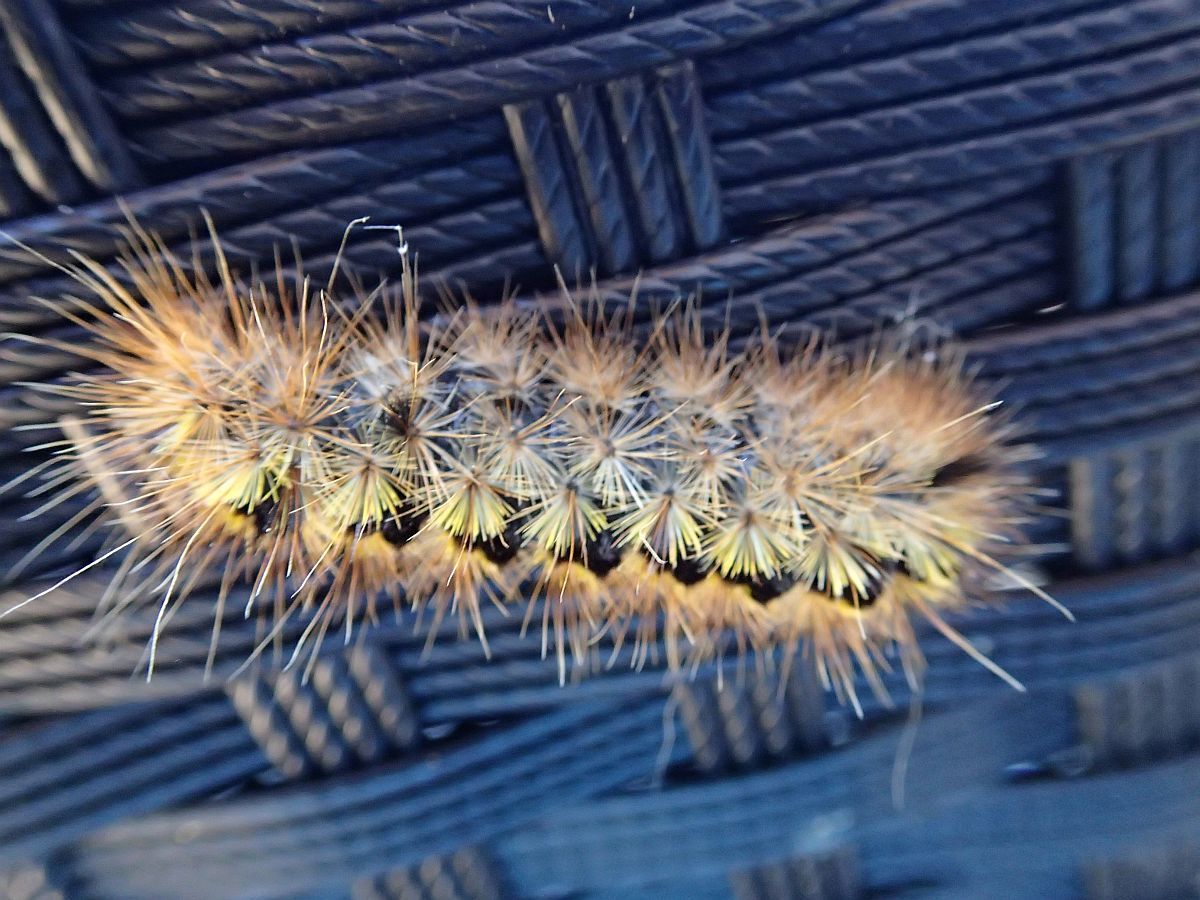

Silver-spotted Tiger Moth
Lophocampa argentata (Lep.: Erebidae – Arctiidae)
Rosemary Jorna



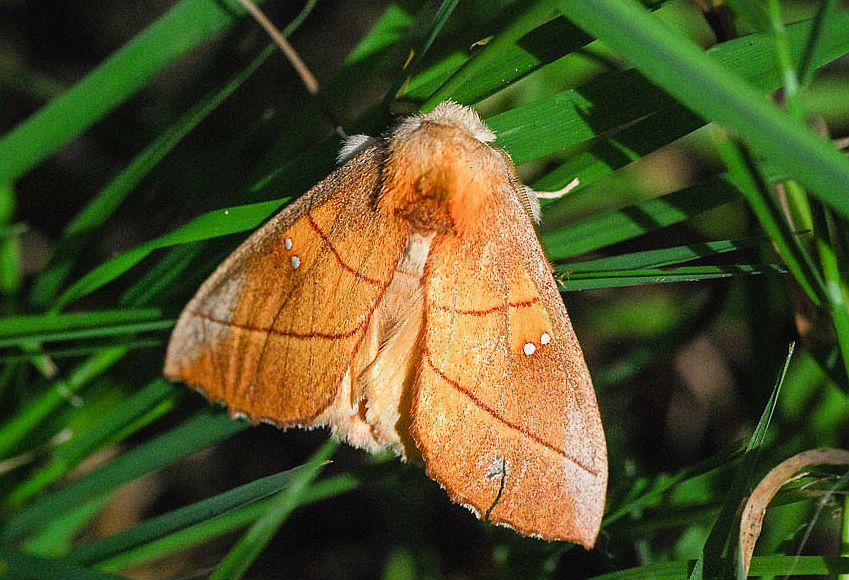




 Golden Bupestrid Bupestris aurulenta (Col.: Bupestridae) Rosemary Jorna
Golden Bupestrid Bupestris aurulenta (Col.: Bupestridae) Rosemary Jorna
 Golden Bupestrid Bupestris aurulenta (Col.: Bupestridae) Rosemary Jorna
Golden Bupestrid Bupestris aurulenta (Col.: Bupestridae) Rosemary Jorna
 Silver-spotted Tiger Moth Lophocampa argentata (Lep.: Erebidae – Arctiidae)
Silver-spotted Tiger Moth Lophocampa argentata (Lep.: Erebidae – Arctiidae)